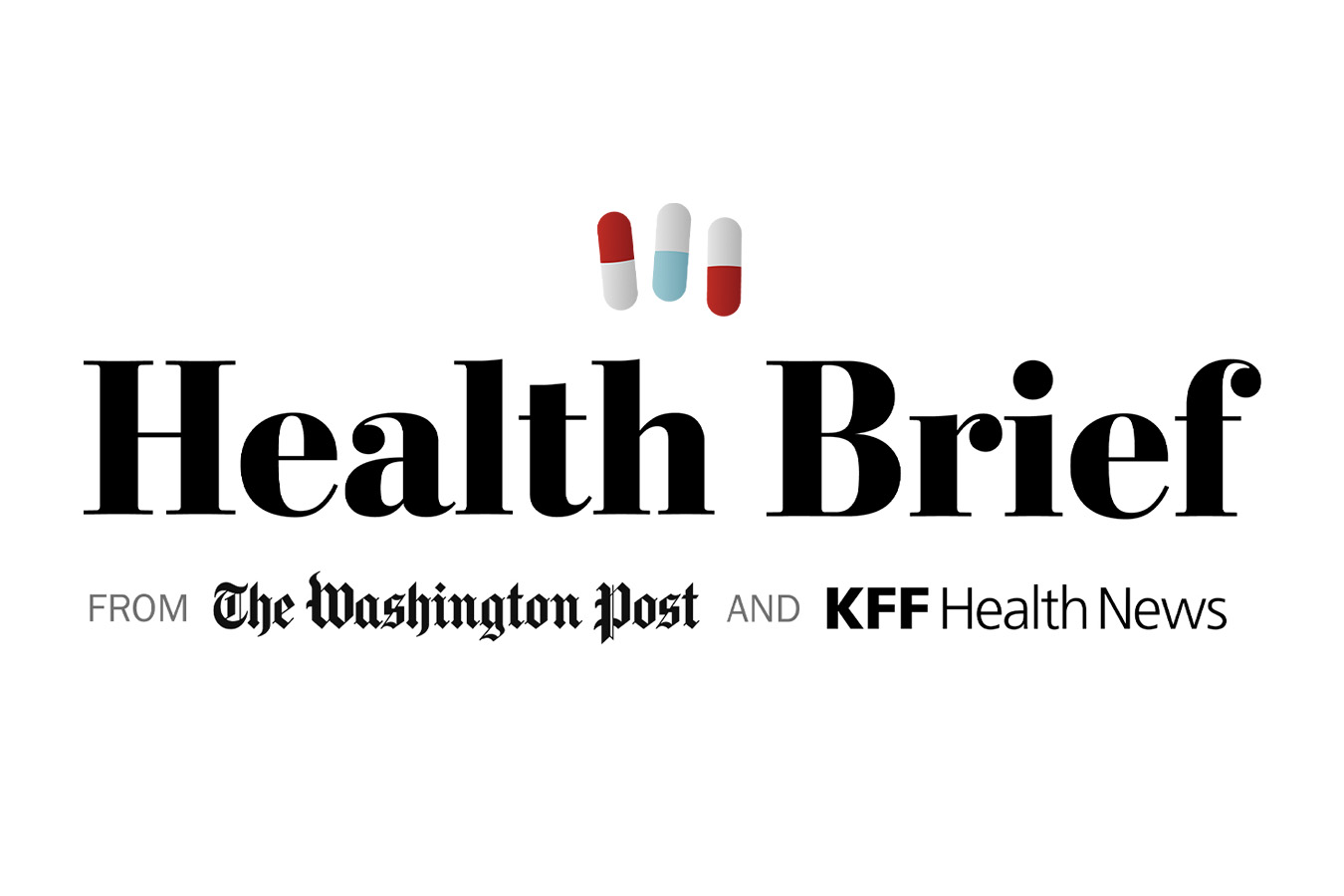For Native American communities in the Great Plains, data paints a clear picture of the devastation caused by an ongoing syphilis outbreak.
According to the South Dakota Department of Health, 649 cases of syphilis have been documented this year. Of those, 546 were diagnosed among Native Americans, who make up only 9 percent of the state’s population.
“It’s completely preventable and curable, so something has gone horribly wrong that this has occurred,” said Meghan Curry O’Connell, the chief public health officer for the Great Plains Tribal Leaders’ Health Board and a citizen of the Cherokee Nation.
This year, the tribal leaders’ health board asked the U.S. Department of Health and Human Services to declare the outbreak a public health emergency, which could ease access to other resources that tribal leaders asked for, including public health workers, data, national stockpile supplies and funding.
According to the Great Plains Tribal Epidemiology Center, syphilis rates among Native Americans in its region, which covers Iowa, Nebraska, North Dakota and South Dakota, soared by 1,865 percent from 2020 to 2022 — more than 10 times the increase nationwide during the same period. The epidemiology center also found that 1 in 40 Native American babies born in the region in 2022 had a potentially life-threatening syphilis infection.
O’Connell said HHS officials’ response to the Great Plains Tribal Leaders’ Health Board fell short of fulfilling its requests. More recently, the National Indian Health Board also sent a letter to the agency urging it to declare a public health emergency for all tribes in the United States.
Months later, no public health emergency has been declared, and tribal and health leaders are still responding to the outbreak with limited resources.
HHS officials pointed to their work in forming a task force and hosting workshops to guide tribes’ response to the outbreak. But tribal leaders insist they need greater federal investment.
“We know how to address this, but we do need extra support and resources in order to do it,” O’Connell said.
Still, some health officials serving Native American communities say they’re seeing improvement. Natalie Holt, a physician and the chief medical officer for the Great Plains Area Indian Health Service, one of 12 regional divisions of the federal agency responsible for providing health care to Native Americans, said new cases have been declining.
Indian Health Service facilities in the region have averaged more than 1,300 syphilis tests monthly, she said, and cases are down from 93 in January to 31 in October.
This article is not available for syndication due to republishing restrictions. If you have questions about the availability of this or other content for republication, please contact NewsWeb@kff.org.

